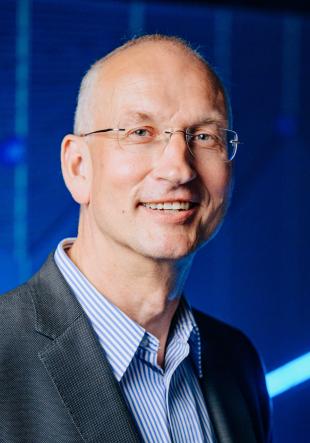Electron dynamics at surface-modified photocathodes
Overview
This project aims to understand the fundamental processes that govern electron dynamics and energetics of prototypical photoelectrode surfaces, the associated internal interfaces near semiconductor surfaces and related model systems in view of photoelectrochemical hydrogen generation. The detailed mechanisms of interfacial electron transfer processes and their dynamics are still insufficiently understood. We propose to specifically modify the surface electronic and chemical properties of III-V compound semiconductor absorber systems to promote multi-electron processes. Time-resolved two-photon photoemission (tr-2PPE) for explicitly surface-sensitive analysis will be combined with density-functional theory (DFT)-based numerical simulations in order to gain a fundamental understanding of key electron transfer and recombination processes. Tr-2PPE is a unique technique that directly probes the kinetic energy and dynamics of photoemitted electrons accessing at the same time the electronic structure and temporal occupation of surface-near states. III-V compound semiconductors serve as relevant model systems to investigate interfacial dynamics with respect to selected surface modification procedures. Ways to modify III-V surfaces include epitaxial growth of thin films, in-situ surface transformation and catalyst deposition. These methods can produce quasi-two dimensional overlayers to slow down corrosion and enhance photocatalytic activity. The modification with such surface layers will enable tuning of the electron transfer dynamics by selective electronic structure modifications. Studying different types of surface modification will allow us to draw a general picture how interface design benefits electron transport towards the catalytically active surface. Key scientific questions are (i) if cooling of hot electrons at modified surfaces can be substantially slower than in bulk material at relevant excitation densities, (ii) if interface states can be introduced specifically near the conduction band, (iii) how electron collection can be enhanced and non-radiative recombination suppressed. In the long-term perspective of the Research Consortium, answers to these questions will benefit the design of functionalization layers of the envisaged new multi-junction absorber systems in order to provide optimum charge separation and transfer for multi-electron catalytic processes.
DFG Programme Research Grants
Key Facts
- Grant Number:
- 424936963
- Project type:
- Research
- Project duration:
- 07/2019 - 12/2023
- Funded by:
- DFG
- Website:
-
DFG-Datenbank gepris


